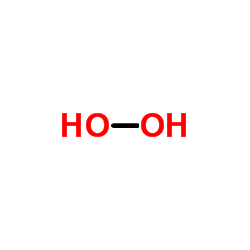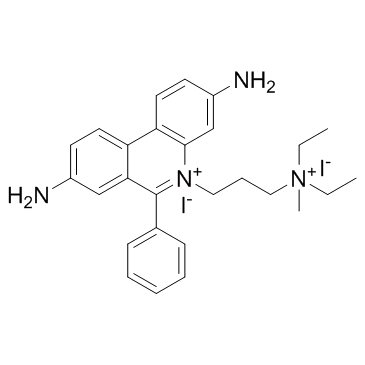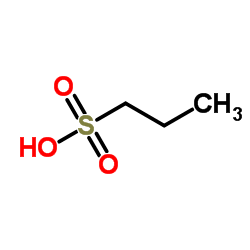| Structure | Name/CAS No. | Articles |
|---|---|---|
 |
Ethidium bromide
CAS:1239-45-8 |
|
 |
Hydrogen peroxide
CAS:7722-84-1 |
|
 |
L-cysteine
CAS:52-90-4 |
|
 |
Sodium selenite
CAS:10102-18-8 |
|
 |
Propidium Iodide
CAS:25535-16-4 |
|
 |
propylsulfonic acid
CAS:5284-66-2 |